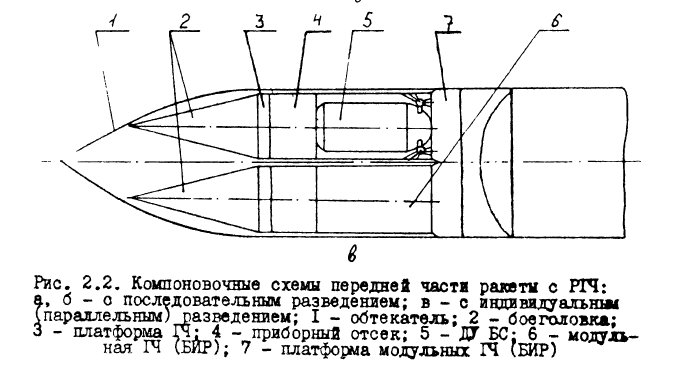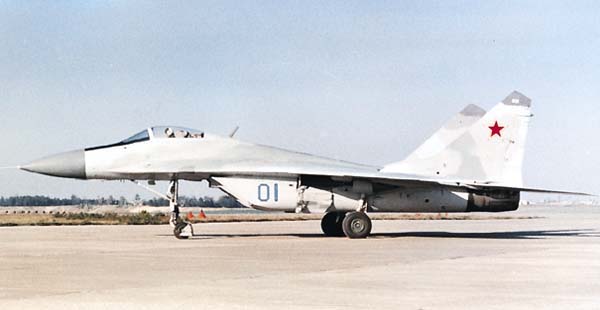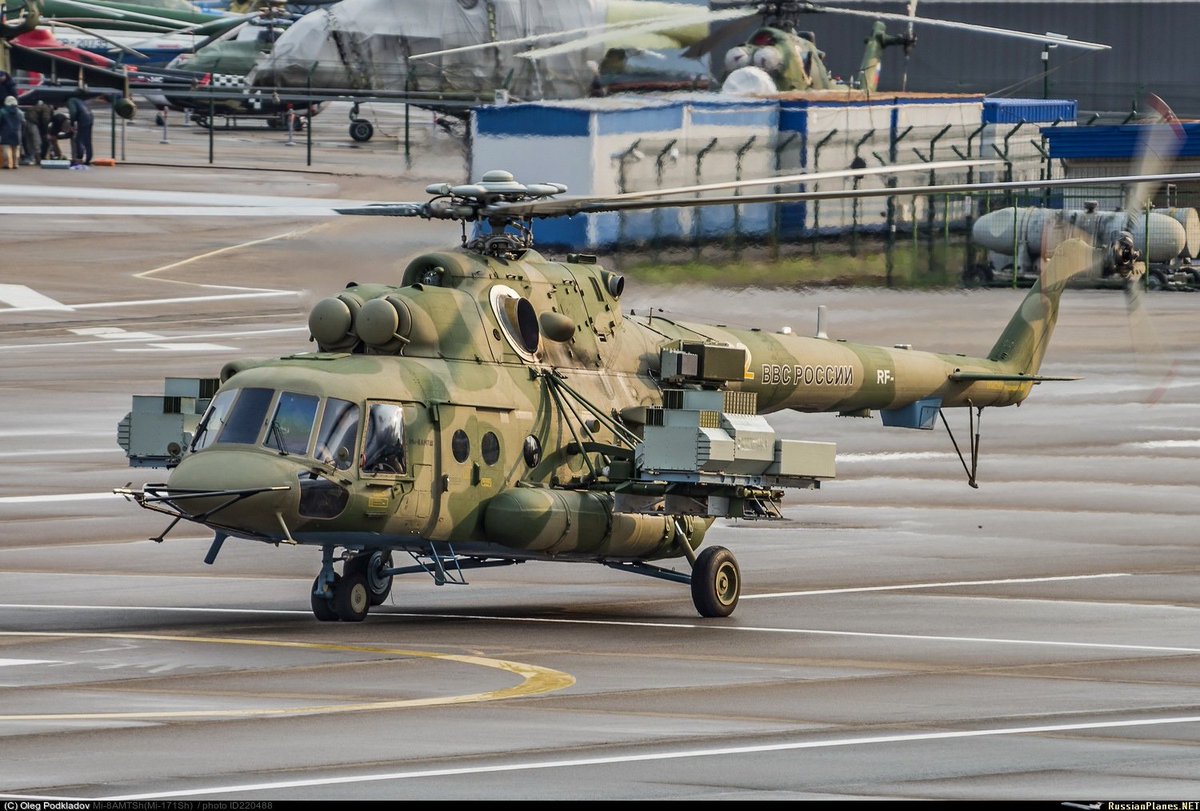Leave the rhetoric aside,the emphasis on LRCMs and LR tactical strike capability is sorely missing in the IAF/IN's arsenal. I've been saying this for aeons,that it is mystifying why the IAF especially,which once operated Canberra bombers,has such myopia.Even the Syrian War and Gulf Wars,where LRCMs have been the most widely used force multipliers, appears to have gone unnoticed by the service.With the retiremnt of the TU-142 Bears, we have nothing left to udnertake a mission sev. thousand kms. away. The solution for the next decade,acquire a decent no. of backfires of which Russia ahs dozens mothballed.Upgraded Backfires armed with LRCMs would provide us with the lost capability.
Russian Missiles Have 2X the Range of US's - It's a Big Deal in Syria
"An 800 pound gorilla ... in the room is Russia’s stand-off capability (ability to fire from longer ranges than your oponent) —it is simply much better than the American one ... (Russian) ranges ... are simply beyond the reach of any stand-off weapon in the US arsenal."
Andrei Martyanov
Russian cruise missiles being fired recently from the Mediterranean to Syria
Size does matter and so does range and speed whenever anyone talks about weapons. It seems that there is a great deal of confusion which perpetuates itself in regards to a relatively small Russian military contingent in Syria.
The most popular indicator of this confusion is a never ending discussion of a possible American attack on the Russian forces in Syria, primarily on the air base Khmeimim. Can such an attack, once one considers the size of forces US can deploy against Russians, succeed in “defeating” them?
An excellent Russian news report going onboard Russian subs and ships involved in firing these cruise missiles - fascinating
This is both a legitimate but also a highly unprofessional question. In fact, there are many people of prominence in the US who apart from considering such a terrifying scenario are actually pushing for it. Lieutenant-Colonel Ralph Peters doesn’t mince words when it comes to attacking Russians; in fact, he is a very straight to the point guy when giving prescriptions on how to fight those Russians: This could spin out of control very, very fast. If it does, we have to win rapidly and decisively — and keep it within Syria.
There is no doubt that Peters and the bunch of US military and political people he represents did partake in the strategic wisdom of the past, from Clausewitz to Moltke to Guderian, but it is here where a seemingly legitimate question on the probability of American success in bombing those nasty Russkies into the stone age at Khmeimim and elsewhere in Syria stops being, well, serious.
Of course, US can unleash whatever it has at its conventional disposal at Khmeimim and it will eventually overwhelm whatever the Russians have there, from several SU-35s to S-300s and S-400s and, possibly, make Peters’ wet dream of keeping the whole ordeal confined to Syria very real. This would work, say against anyone’s military contingent - except Russia's.
At issue here is not the fact that Russia is a nuclear superpower—everyone knows that. Even the most rabid American Russophobes know this and can grasp, however slightly, the concept of their poor dears turning into radioactive ash pretty fast if they do the unthinkable, such as attacking Russia proper with nuclear weapons. Syria, however, is a bit different—the escalation to a nuclear threshold could, indeed, be controlled by those who hold a decisive advantage conventionally.
At issue here is the fact of conventional war—a precise type of a conflict US military prided itself on for the last 30+ years, boasting of being able to handle any kind of adversary.
In the foundation of this, rather overly assertive approach, the self-assurance was the real and not so real advantage of the US in stand-off weapons. Aggression against Yugoslavia showed the US military could overwhelm the air-defense of a nation such as Serbia fairly fast and from distances far beyond the reach of its obsolete air defenses. There were Tomahawk cruise missiles, which were launched at Serbia in thousands and which rendered her air defense almost useless after the first couple of weeks of incessant bombing.
But here is the problem for the US: Russia can take this hypothetical conventional conflict well beyond Syria any time it wants and I am not talking about other strategic theaters, such as Ukraine, where Russia can “compensate” for a hypothetical “defeat” in Syria. The reason for this is purely technological—Russia can go tit-for-tat conventionally in Syria and anywhere in the Middle East.
In fact, the Russian military has in its possession the most advanced arsenal of High Precision stand-off weapons which have been demonstrated in action for the whole world to see.
This is what makes the whole talk about “defeating” the Russian contingent in Syria very amateurish.
War is much more than some shoot-out between belligerents, the war starts in the operational rooms and political offices well before any shot is fired. If the Russian contingent in Syria had been deployed there say in 2005, there would have been no problem in imagining Ralph Peters’ scenario.
But it is not 2005 and an 800 pound gorilla, which many continue to ignore, in the room is Russia’s stand-off capability—it is simply much better than the American one and it opens an operational door, in case of a hypothetical conventional attack on Kheimim, for a massive retaliation against any US asset in the region.
Yesterday, in the wake of the death of Lieutenant General Asapov in Syria, allegedly with some “help” from the so called Coalition in the vicinity of the liberated Deir-ez-Zor, Russia’s strategic aviation launched long-range stealthy X-101 cruise missiles at ISIS targets in Syria. There is nothing new now in Russia’s using 5,500+ kilometer range cruise missile, nor is there news any more for the Russian Navy being able to launch 2,500+ kilometer range 3M14 of Kalibr family from anywhere in the Eastern Mediterranean or the Caspian Sea.
These are ranges which are simply beyond the reach of any stand-off weapon in US arsenal with Tomahawk TLAM-A Block II having the maximum range of around 2,500 kilometers while TLAM Block IV, currently being most produced variety, having the range of 1,600 kilometers.
Raytheon says that these missiles are capable of loitering and that Tomahawk would be able to hit moving targets. It is all fine and dandy but the key is range and precision and here the US is not in the leading position to put it mildly. Range gives an unprecedented operational flexibility and yesterday’s launch from Russian Tu-95 Bears strategic bombers had a very serious message—not in terms of X-101′s range, even longer range cruise missiles are getting ready for procurement, with ranges in 10,000 kilometers vicinity. The message was in the fact that missiles were launched from Iranian and Iraqi aerospace. They didn’t have to do so, this could have been easily done from the area of the Caspian Sea. But Bears launched while being escorted in Iranian aerospace by Su-30s and Su-35s of Russian Air Space Forces and that, apart from obvious hint at Russian full capability to reach any US ground asset in the area, provided some ominous signs.
Iran knows for sure that should the unthinkable but not improbable happen, such as an American attack on the Russian forces in Syria, Iran will not be left standing on the side—she gets immediately “involved” whether she wants it or not. So, the logic goes, why not make the best of it when all bets, other than nuclear, will be off. Iran may as well have Russian forces on her side and in her airspace, which, obviously helps significantly. But that also opens another serious operational possibility in case of a real conventional conflict in the area between Russia and the US—a scenario Neocons, due to their military illiteracy and overall detachment from the strategic reality, are dreaming about.
Putting inevitable emotions aside and looking at the factual side of things, Russia’s Military Doctrine since 2010, reaffirmed in 2014 Edition, views the use of stand-off High Precision as a key in strategic force containment, as Article 26 of a doctrine clearly states. Russia doesn’t want war with the US, but if push comes to shove Russia is totally capable of not only reaching US ground assets, such as CENTCOM’s Qatar forward installation but, what is even more significant, also the naval ones in the Persian Gulf.
Apart from 66 long-range strategic bombers, the Tu-160s and Tu-95s, Russia has at her disposal more than 100 TU-22M3 bombers many of which are capable of both inflight refueling and of carrying a rather intimidating weapon—the X-32 (Kh-32) cruise missile whose range is 1000 kilometers and the speed is in excess of Mach 4.2. This missile, apart from being able to attack anything on the ground, is capable in fact was designed primarily for the purpose, of hitting anything moving on the surface of the sea.
The missile, let alone a salvo of those, is incredibly difficult if possible at all to intercept and as yesterday’s demonstration showed, Iran, most likely would have no problem with allowing these very TU-22M3s to operate from her airspace in case of the worst case scenario. Launched anywhere from Darab area the salvo will not only cover all of a Persian Gulf but will reliably close off Gulf of Oman for any naval force. No ship, no Carrier Battle Group will be able to enter this area in case of a conventional conflict with Russia in Syria—the strategic ramifications of this are enormous. Even the salvo of 3M14s from Caspian Sea on October 7, 2015 made such an impression that USS Theodore Roosevelt and her CBG almost immediately left the Gulf.
Moreover, this simple, single operational fact shows precisely why for two years a relatively small Russian military contingent has been able to operate so effectively in Syria and, in fact, dictate conditions on the ground and in the area of its operations. The answer is simple—many adrenaline junkies are lowered in a cage into the water to face sharks, with only metal rods separating them and sharks’ deadly jaws. Yet, up there, in the boat one can always put a man with a gun which can be used in case of emergency to a deadly effect should the cage give.
The Russian military contingent in Syria is not just some military base—it is the force tightly integrated with Russian Armed Forces that have enough reach and capability to make anyone face some extremely unpleasant choices, including the fact that it is Russia, not the US, who controls escalation to a threshold and that can explain a non-stop anti-Russian hysteria in US media since the outcome of the war in Syria became clear. Let us only hope that all described above remains merely speculation and has no basis in real life—if those scenarios do not become reality, it is all for the better.
Source: The Unz Review



